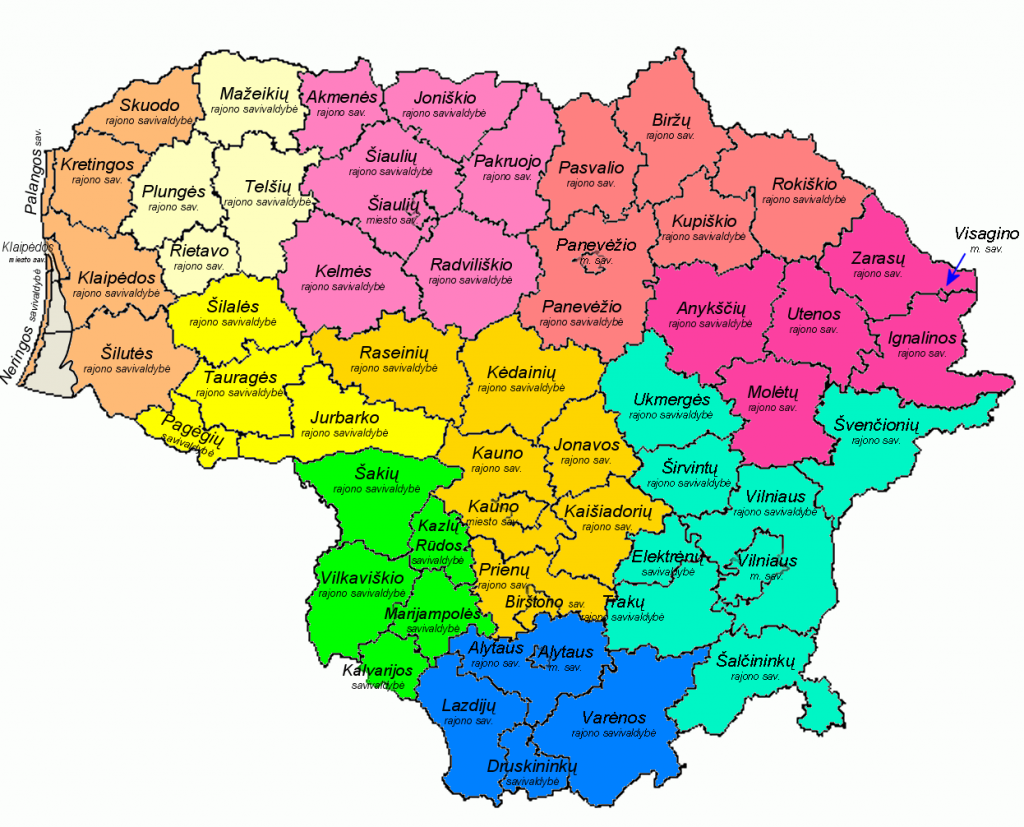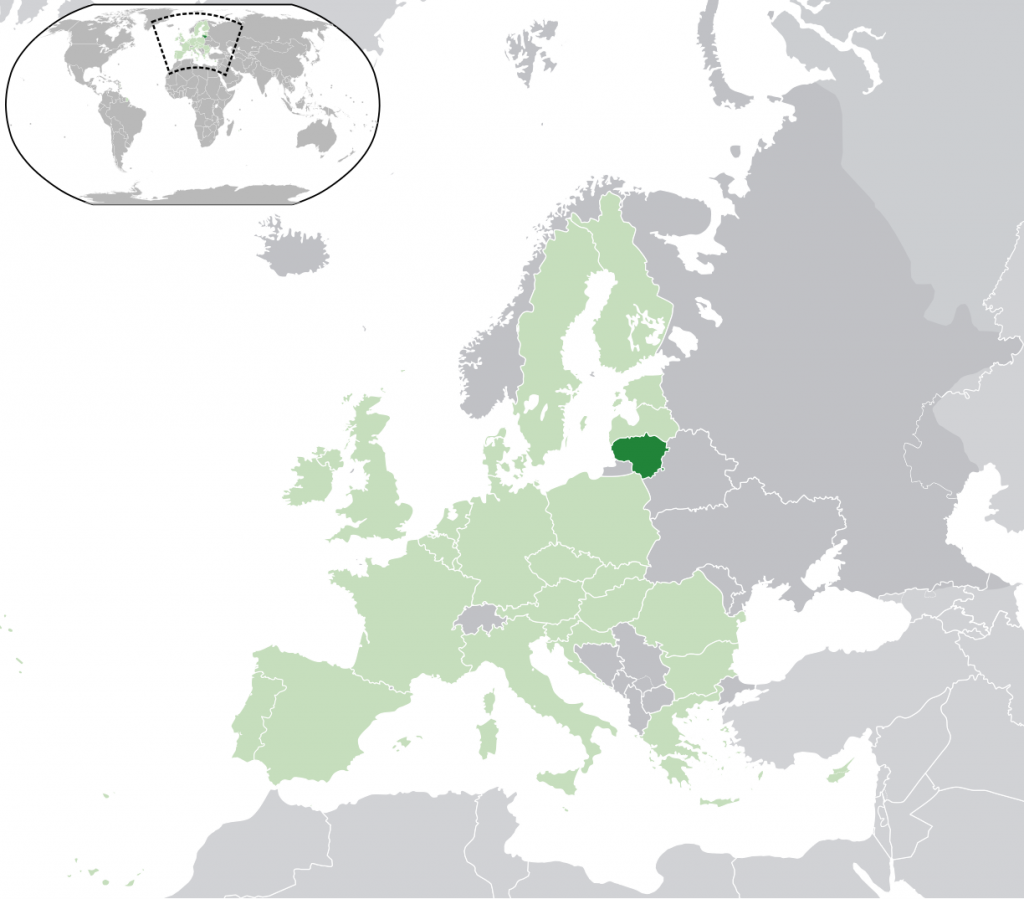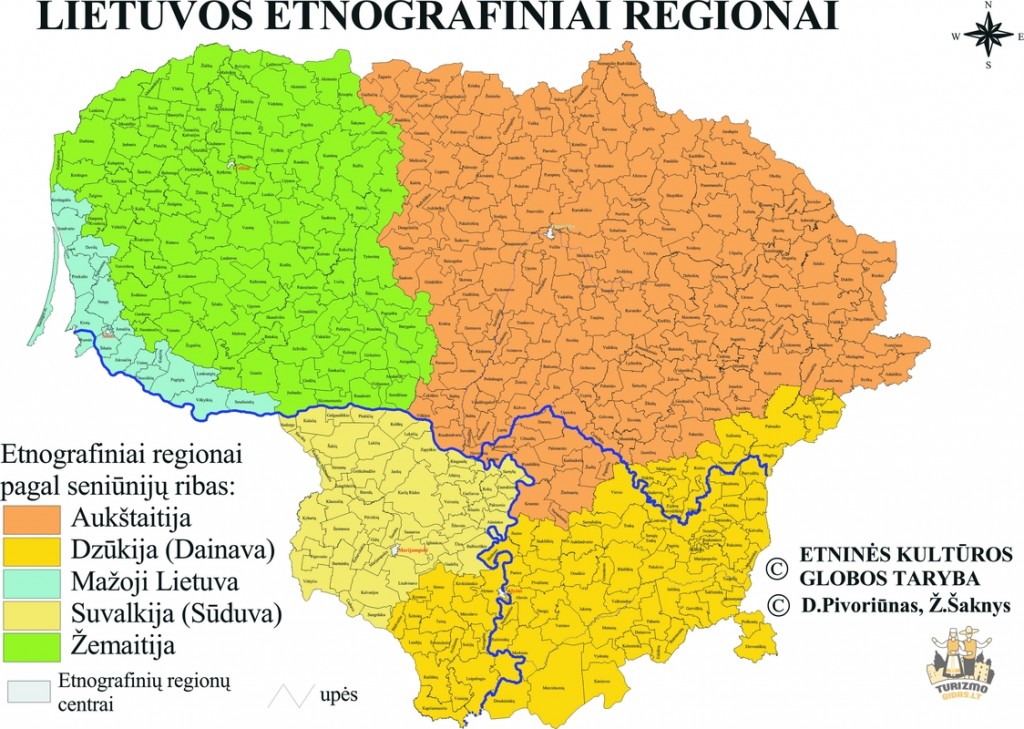Lithuania is the only Baltic country with nearly eight hundred years of statehood tradition, while its name was first mentioned one thousand years ago, in 1009. Wedged at the dividing line of Western and Eastern civilizations, Lithuania battled dramatically for its independence and survival. Once in the Middle Ages, Lithuania was the largest state in the entire Eastern Europe, where crafts and overseas trade prospered.
The State of Lithuania is an independent and democratic republic (Article 1 of the Constitution of the Republic of Lithuania). In Lithuania, the powers of the State are exercised by the Seimas (the Parliament), the President of the Republic, the Government, and the Judiciary. The scope of powers is defined by the Constitution. Public authorities serve the people. (ibidem, Article 5).
Independence declared in February 16, 1918
Independence restored in March 11, 1990
State Emblem. Since 1991, the State Emblem is a white Vytis (a mounted armoured knight with a raised sword) against a red background.
National Flag. The colours of the State Flag (National Flag) are yellow, green, and red. The tricolour stripes are horizontal. Width-to-length ratio – 1:2.
National Anthem. Tautiška Giesmė by Vincas Kudirka was officially proclaimed the National Anthem in 1919. Music of the National Anthem was also composed by the same author.
Administrative Regions. The country is divided into 10 counties spanning the country’s 60 administrative districts and towns.
National Holidays:
January 1 – New Year’s Day
February 16 – Day of Re-establishment of the State of Lithuania (Independence Day)
March 11 – Day of Restitution of Independence of Lithuania
Sunday-Monday (March-April) – Easter (in the Western Christian tradition)
May 1 – International Labour Day
First Sunday of May – Mother’s Day
June 24 – St. John’s Day, Midsummer Day (Joninės, Rasos)
July 6 – Day of the Statehood (the Crowning Day of the Lithuanian King Mindaugas)
August 15 – Assumption Day (Žolinės)
November 1 – All Saints’ Day (Vėlinės)
December 24, 25, 26 – Christmas
Geographic Location: the Republic of Lithuania lies on the eastern coast of the Baltic Sea. In the north, the country borders on Latvia (588 km), in the east – on Belarus (660 km), in the south – on Poland (103 km) and Kaliningrad Region of the Russian Federation (273 km). Lithuania holds a 99 kilometre long area of the Baltic Sea coast. As the National Geographic Institute of France confirmed in 1989, the geographic centre of Europe lies just 24 kilometres northwest of Vilnius.
Total area: 65,300 sq. km. Nearly one third of the territory is covered by forests, 4.5% – by inland waters. There are over 2,800 lakes larger than 0.5 hectares in size, and 18 rivers longer than 100 kilometres in Lithuania (longest of them is the Nemunas – 937 km).
Climate: oceanic/continental. Average temperature in July is +17°C, in January – -4.9°C. However, temperatures can soar up to +30°C in summer, and drop down to -32°C in winter. Summers here are pleasantly mild, whereas not every winter offers abundance of snow.
Local Time: Lithuania lies in the Central European Time zone (GMT + 2 hours, or same as, for instance, Helsinki,Riga, and Tallinn).
Population: 3338,7 (August 2009 est.)
Ethnic Composition: Lithuanians – 84 %, Polish – 6,1 %, Russians – 4,9%, Belarusians – 1,1%, others –3,9%.Lithuania is home to as many as 115 ethnic groups. Based on ethnic composition, Lithuania is the most indigenous of all the Baltic countries.
Ethnic Regions: Based on cultural and dialect differences, Lithuania is divided into five ethnic regions: Aukštaitija(north-eastern and eastern Lithuania), Dzūkija (south-eastern and southern Lithuania), Suvalkija (southern and south-western Lithuania south of the Nemunas River), Žemaitija (north-western and western Lithuania), Lithuania Minor (south-western and western edge of Lithuania).
Religion: Predominantly, Roman Catholic (approximately 80% of the total population). Other confessions include Orthodox, Old Believers, Lutheran, Reformat, Judaist, Sunni, Karaite and other communities.
Language: the state language is Lithuanian. All correspondence and official communication is conducted in Lithuanian.
Capital: Vilnius. The city was officially established in 1323, but a fortified castle at the confluence of the Neris and Vilnia rivers was set up earlier. The Old Town of Vilnius is one of the largest (360 ha) and prettiest in the Eastern andCentral Europe included on the UNESCO World Heritage List. The city boasts excellent public transport with trolleybus, bus and minibus routes; plenty of taxis available.
Largest Cities by population (2008): Vilnius – 544 206; Kaunas – 355 586; Klaipėda – 184 657; Šiauliai – 127 059; Panevėžys – 113 653.
Resorts: Palanga and Neringa – seaside resorts; Druskininkai and Birštonas – inland health resorts.










